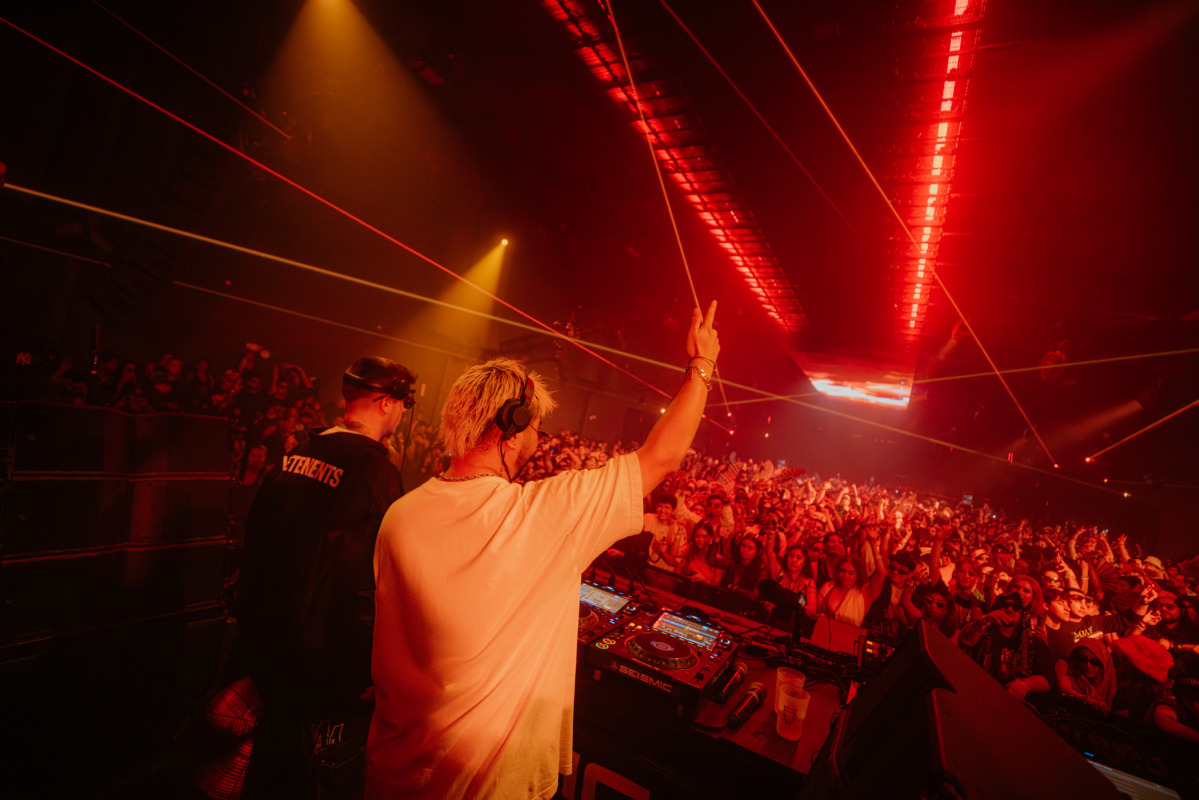In Book 1 of Avatar: The Last Airbender, Katara was an amateur waterbender compared to Aang, who was much quicker at picking it up. Though it was a point of frustration for her, it also motivated her to want to improve and learn from as many people and sources that she could find. She may have gone on to beat bloodbender Hama and learned how to use her sweat to waterbend, but those skills aren't inherent: she observed, trained and polished them through endless practice.
By the time of Book 3 though, Katara had flourished into a full-fledged waterbending master who was able to manipulate massive waves and create storms. But it wasn't easy for her to get to where she was. Although Katara improved by huge leaps and bounds, she's no prodigy by any standard -- Katara got to where she was purely through hard work, passion and drive.
The Last Waterbender of the Southern Water Tribe
Long before Aang emerged out of his iceberg, the Southern Water Tribe was beset by Fire Nation attacks, resulting in Katara losing her mother at a young age. This left her as the last waterbender of her tribe. That incident also left an emotional scar on Katara that pushed her to find her mother's killer and also hone her waterbending. The Fire Nation attacks meant that she lost all of her connections to her bending roots, with no means of learning either through a teacher or through written instruction. Katara knew the danger she would be in if word that the last Southern Water Tribe's waterbender was still alive, and, out of cowardice, she could've let the art die and disappear.
But Katara didn't because of her love and fierce desire to master waterbending. Despite having no teacher, she taught herself basic waterbending skills like the push-and-pull move, which took months for her to master. It may be because of the trauma she experienced when she was young -- not being able to save her mother despite being a waterbender -- that pushed her to learn at an accelerated pace.
Katara's Determination & Resourcefulness
It may seem as though Katara rapidly gained new skills and techniques, but we shouldn't forget that, in order to achieve her level of success, she had a lot of failures and experienced many setbacks before achieving mastery. In the first episode of The Last Airbender, she accidentally freezes Sokka's feet to Zuko's ship because she couldn't control her waterbending. Instead of forcing the water to obey her, she adapted and turned it the opposite way, successfully freezing the Fire Nation soldiers.
Due to Katara's hunger to learn as much as she could, she learned how to use whatever tools she had at hand, leading to an uncanny knack to think outside of the box. It's how she came up with the idea of producing a natural type of water source -- sweat -- when she and Toph were trapped in a jail made of wood. Her powerful observation skills also allowed her to learn how to bloodbend quickly, even using the bending technique against its master, Hama, the one who inadvertently taught her.
Master Pakku, on the other hand, refused to teach Katara on the basis that she was a girl. It didn't stop her from demanding that he did teach her, however; even dueling him to prove her worthiness. Though it was clear how far apart their experience levels were, it didn't deter her -- if there was even a sliver of a chance of victory, she would try to exploit it.
For Katara, Discipline is Strength
Since their mother died when they were young, Katara took care of Sokka and subsequently Team Avatar as a whole, becoming known as the mother of the Gaang. She was strict with her friends but also on herself. In Book 1, Katara knew that if she wanted to become as good as Aang, who became a master Airbender when he was only 12-years-old, she had to work 10 times harder to catch up.
So, she practiced. Whenever the others were playing, Katara was studying or practicing, honing what little skills she had until she had a firm grasp of them. Katara's resourcefulness manifested itself early on in the form of a pouch filled with water that could be used not only as a bending source if she ever found herself without any, but also as a convenient way for her to continue practicing at any moment. Sure enough, Aang's carefree nature and comparative lack of discipline meant that Katara quickly surpassed him in the art.
While it looks like Katara became an extremely impressive waterbender at a rapid rate onscreen, we know, just from the snippets that were shown in the earlier seasons, that she would've practiced for countless hours, off-screen, to perfect her technique.
If Katara had been a prodigy, she might not have been as good of a waterbender. Talent can make people complacent, making them think that they can rely on innate skill alone but Katara's humble beginnings as a young waterbender who could only barely manipulate the element, alongside her constant practicing and drive, helped her hone her waterbending to the point that it became an instinct.


